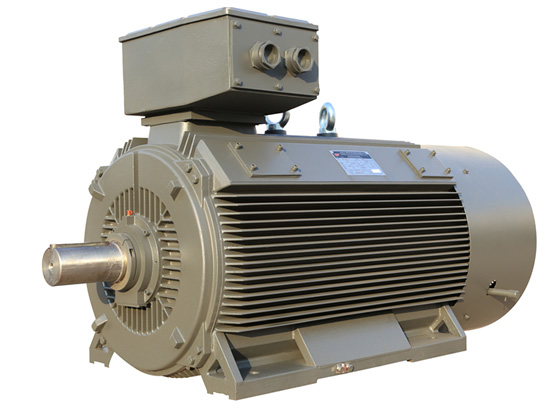The traditional decompression starting methods of cage motors include star-delta starting, auto-coupling decompression starting, reactor starting, etc. These start-up methods are all hard-starts with stepped decompression, and have obvious disadvantages, that is, secondary inrush current occurs during the start-up process. The difference between soft start and traditional decompression start is as follows.
1.1 No inrush current
When the soft starter starts the motor, by gradually increasing the conduction angle of the thyristor, the starting current of the motor increases linearly from zero to the set value.
1.2 Constant current start
The soft starter can introduce current closed-loop control, so that the motor can maintain a constant current during the starting process and ensure the smooth start of the motor.
1.3 Adjustment of starting current
According to the load condition and the power grid relay protection characteristics, it can be freely adjusted steplessly to the best starting current.
1.4 Implementing soft parking
When the motor is stopped, the traditional control method is completed by instantaneous power failure, but in many applications, the motor is not allowed to shut down instantaneously. For example, a pump system that supplies water to a high-rise building will produce a huge “water hammer” effect if it stops for an instant, causing damage to the pipeline and even the pump. In order to reduce and prevent the “water hammer” effect, it is necessary to stop the motor gradually and slowly, that is, soft stop. In the pumping station, the soft starter can meet this requirement, and the application of soft parking technology can avoid the “slamming door” damage of the pumping station, and reduce the maintenance cost and workload.
The soft stop function in the soft starter is a process in which the thyristor gradually reduces the conduction angle from full conduction after receiving the shutdown command, and transitions to full shutdown after a certain period of time. The parking time can be adjusted between 0 and 120s according to actual needs.
1.5 Realize light-load energy saving
A squirrel cage induction motor is an inductive load whose current lags the voltage in operation. If the working voltage of the motor remains unchanged, the power factor is lower when it is under light load; when it is under heavy load, the power factor is higher. The soft starter can achieve the purpose of light load energy saving by reducing the motor terminal voltage, improving the power factor, reducing the copper consumption and iron consumption of the motor under light load, and automatically increasing the motor terminal voltage to ensure the normal operation of the motor when the load is heavy. run.

2 Soft-start protection function
The protection function of soft start is much better than that of traditional hard starter.
2.1 Overload protection function
The soft starter introduces a current control loop, so it can track and detect changes in motor current at any time. By increasing the setting of overload current and the inverse time limit control mode, the overload protection function is realized. When the motor is overloaded, the thyristor is turned off and an alarm signal is issued.
2.2 Phase loss protection function
When working, the soft starter detects the change of the three-phase line current at any time, and once the current is cut off, it can make a phase loss protection response.
2.3 Overheat protection function
The temperature of the thyristor radiator is detected by the internal thermal relay of the soft starter. Once the temperature of the radiator exceeds the allowable value, the thyristor is automatically turned off and an alarm signal is issued.
2.4 Other functions
The soft starter can be combined with other protection components to realize functions such as stall protection. In addition, through the combination of electronic circuits, various other interlocking protections can also be implemented in the system.
Post time: 2022-02-22








